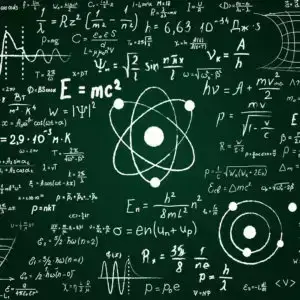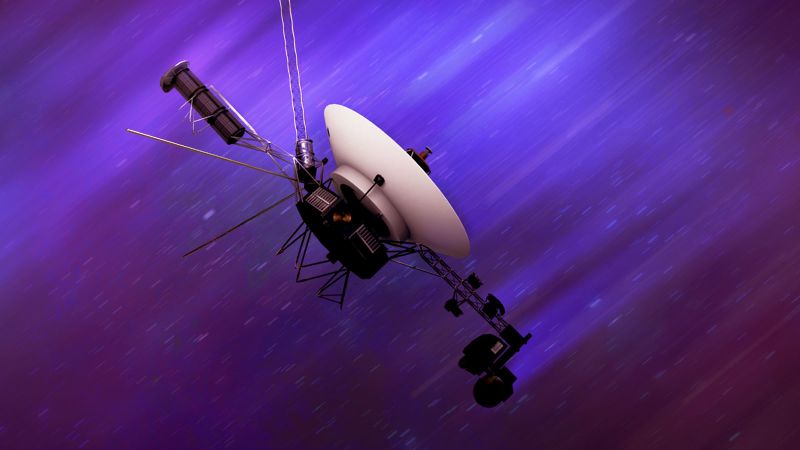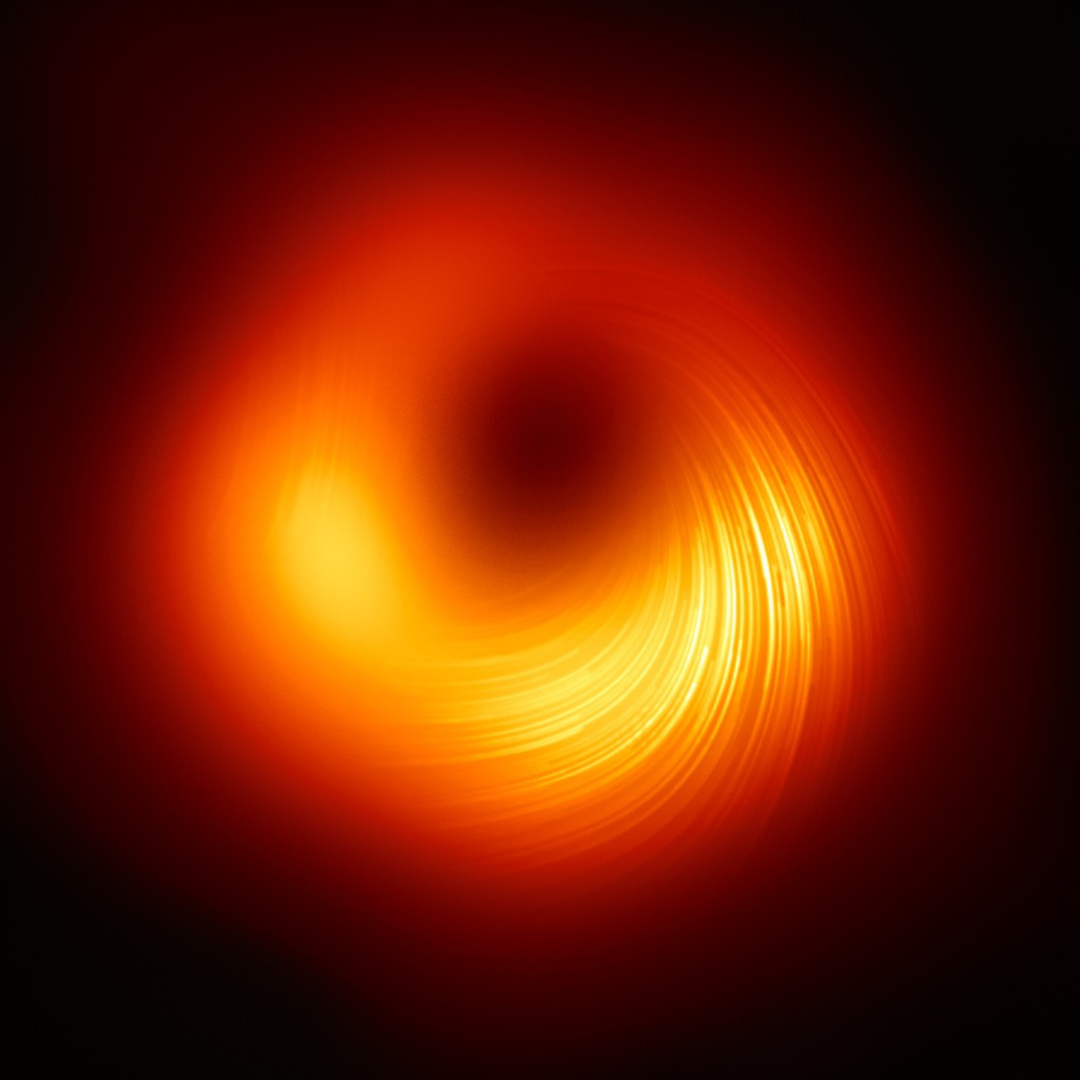Engineers at NASA say they have successfully revived thrusters aboard Voyager 1, the farthest spacecraft from our planet, in the nick of time before a planned communications blackout.
A side effect of upgrades to an Earth-based antenna that sends commands to Voyager 1 and its twin, Voyager 2, the communications pause could have occurred when the probe faced a critical issue — thruster failure — leaving the space agency without a way to save the historic mission. The new fix to the vehicle’s original roll thrusters, out of action since 2004, could help keep the veteran spacecraft operating until it’s able to contact home again next year.
Voyager 1, launched in September 1977, uses more than one set of thrusters to function properly. Primary thrusters carefully orient the spacecraft so it can keep its antenna pointed at Earth. This ensures that the probe can send back data it collects from its unique perspective 15.5 billion miles (25 billion kilometers) away in interstellar space, as well as receive commands sent by the Voyager team.
For anybody else curious;
Voyager 1 uses hydrazine (N₂H₄) as fuel for its small attitude control thrusters. Hydrazine is a hypergolic monopropellant, meaning it doesn’t require an external oxidizer—it decomposes exothermically upon contact with a catalyst, producing gas to generate thrust.
The thrusters are not used for propulsion, but rather to rotate and stabilize the spacecraft so that its antenna remains pointed toward Earth and its instruments can be properly oriented. Fuel consumption is extremely low—only a few grams per year—and Voyager 1 still has some hydrazine left, although it’s running low. Once the hydrazine is depleted, the spacecraft will no longer be able to control its orientation, which means communication with Earth will cease.
The Voyager spacecraft have no engines for linear acceleration; instead, they follow the trajectory and speed gained from gravity assists during planetary flybys in the solar system.
That’s cool, but forget the thrusters, how is the battery pack on that thing still keeping it powered!?
The spacecraft uses radioisotope thermoelectric generators. It converts the heat generated by radioactive decay of plutonium into electricity. Engineers have been able to keep it working all this time by selectively powering down unused systems.
The answer to that is actually really interesting.
It using a radioactive decaying source if I remember correctly. Which is also decaying to the point of running out of power…
I’m curious, do the same people who think that the moon landing was faked also believe that Voyager is fake? Because to me, Voyager is more impressive at this point.
Keep trucking little buddy!
How much is that in light years?
This is about roll thrusters that permit orientation that allows communications/operation from earth. How many years of fuel does it have for roll thrusters, and does it share fuel with propulsion thrusters, and is there any thought of making it go faster instead of staying operationally controllable?
Voyager has no propulsion thrusters. It got its velocity from planetary fly-by’s and that’s it. It can only turn itself, it has no other thrusters.
On its current trajectory, will it ever reach anything “interesting” again?
if you mean planets, stars,etc… not while it can still communitcate. It might run into something in 10’s of thousands of years :P
What would be the benefit of going faster over being able to communicate with it?
How many years of fuel it has left depends fully upon how that fuel needs to be used to maintain orientation with Earth; there’s no specific answer.
What would be the benefit of going faster over being able to communicate with it?
To show alien invasion force where to come exterminate us???
I don’t know. Is there an ultimate destination?
It’s already completed its main mission. At this point, its mission is to observe and report. If the fuel was redirected to acceleration, that would effectively mean abandoning that mission in favor of… something.
Slap G5 dirty drags on that bad boy and it’ll be in Andromeda by Monday.
The real secret is the SCO drive, let’s roll out a Mandalay and be back in time for dinner.
This guy gets it… o7
This probe is more indecisive than the tariffs.
It’s dead!
It’s back!
It’s dead.
It’s back.
It’s dead,
It’s back,









